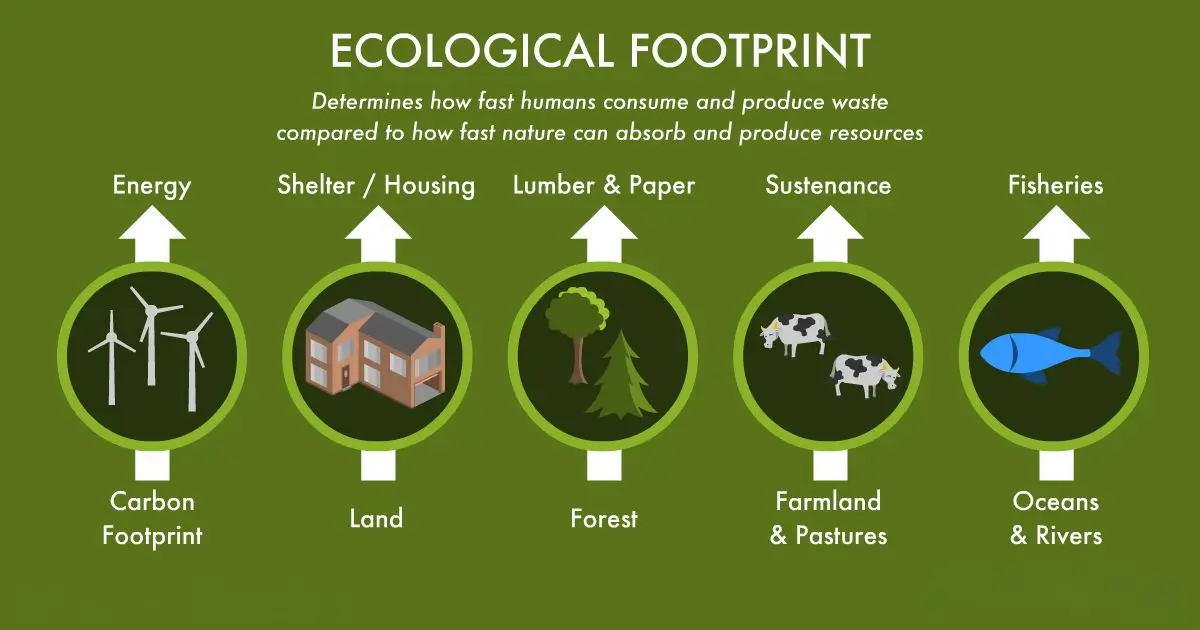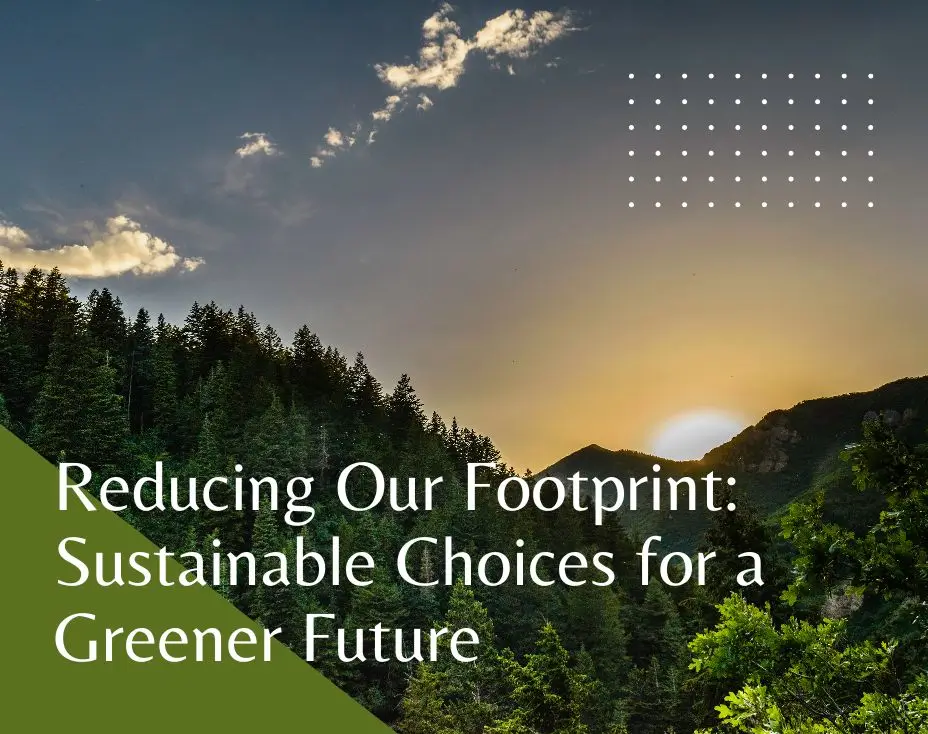Strategies for Reducing Ecological Footprints: Actionable Insights for Minimizing Waste, Enhancing Recycling, and Adopting Sustainable Habits
The ecological footprint, a measure of human demand on Earth’s ecosystems, has reached unsustainable levels, with global resource consumption exceeding the planet’s biocapacity by over 75% (Global Footprint Network, 2022). This imbalance is driven by excessive waste generation, inefficient resource use, and unsustainable consumption patterns. To address this crisis, it is imperative to adopt strategies that minimize waste, enhance recycling, and promote sustainable habits. This article explores evidence-based approaches to reduce ecological footprints, drawing on recent scientific literature to provide actionable insights for individuals, communities, and policymakers.

1. Minimizing Waste Through Circular Economy Principles
The linear “take-make-dispose” model of production and consumption is a major contributor to waste generation and ecological degradation. Transitioning to a circular economy, which emphasizes resource efficiency, waste reduction, and product lifecycle extension, offers a sustainable alternative.
- Design for durability and repairability: Product design plays a critical role in waste reduction. Designing durable, repairable, and modular products can significantly extend their lifespan, reducing the need for frequent replacements and minimizing waste (Bocken et al., 2016).
- Reducing food waste: Food waste accounts for approximately 8-10% of global greenhouse gas emissions (UNEP, 2021). Strategies to reduce food waste include improved supply chain management, consumer education, and policy interventions such as standardized date labeling (Reynolds et al., 2019).
2. Enhancing Recycling Efforts
Recycling is a cornerstone of waste management, yet global recycling rates remain suboptimal due to inadequate infrastructure, contamination, and lack of public awareness. Enhancing recycling efforts requires a multi-faceted approach.
- Improving recycling infrastructure: Investment in advanced recycling technologies, such as automated sorting systems and chemical recycling, can significantly improve recycling efficiency (Geyer et al., 2017).
- Addressing contamination: Contamination of recyclable materials, often caused by improper sorting, undermines recycling efforts. Public education campaigns and simplified recycling guidelines can reduce contamination rates.
- Extended producer responsibility (EPR): EPR policies, which hold manufacturers accountable for the end-of-life management of their products, have proven effective in enhancing recycling rates. For instance, the European Union’s EPR directive for electronic waste has increased recycling rates by 40% since its implementation (European Commission, 2022).
3. Adopting Sustainable Habits
Individual behavior plays a pivotal role in reducing ecological footprints. Behavioral interventions and education can foster sustainable consumption patterns and promote environmental conservation.
- Promoting sustainable consumption: Encouraging the adoption of sustainable products, such as reusable bags, bottles, and packaging, can significantly reduce waste. A study in Australia found that the use of reusable shopping bags reduced plastic bag consumption by 80% (Kish, 2018).
- Energy and water conservation: Simple behavioral changes, such as reducing energy consumption and water usage, can have a profound impact on ecological footprints.
- Community engagement: Community-based initiatives, such as urban gardening and local recycling programs, can foster collective action and promote sustainable habits. A case study in Brazil demonstrated that community-led recycling programs increased recycling rates by 50% while creating local employment opportunities (Gutberlet & Carenzo, 2020).
Why It Matters for Ecobal?
At Ecobal, we are committed to staying at the forefront of technological advancements in CO₂ sequestration. By integrating cutting-edge technologies such as ultra-fast CO₂ hydrate formation, we enhance our efforts to transform former agricultural or barren lands into thriving ecosystems.
Ecobal has achieved significant milestones, including:
- Nature Spots in five different EU countries: France, Italy, Poland, Spain, and Romania.
- Storage Capacity: Ecobal manages 155 hectares of Nature Spots across the EU, storing 1581 tons of CO₂, releasing about 1150 tons of oxygen per year, and conserving nature.
This ensures that our projects not only effectively sequester CO₂ but also contribute to sustainable biodiversity conservation.
Ecobal’s Mission:
- Raise awareness and establish authority to certify the ecological health and capacity of rural and natural landscapes.
- Monetize ecosystem services to demonstrate the economic value of nature.
- Use natural ecosystems as efficient carbon sinks for CH₄ and CO₂ sequestration and biodiversity conservation.
- Turning CO₂ and CH₄ from a challenge into valuable and tradable commodities.
- Manage soil microbiota and fauna to improve soil health and ecosystem functionality.
- Restoring biodiversity through the reintroduction and conservation of native species.
In Conclusion:
Reducing ecological footprints is essential for achieving environmental conservation and ensuring the sustainability of Earth’s ecosystems. This article highlights actionable strategies, including waste minimization through circular economy principles, enhanced recycling efforts, and the adoption of sustainable habits. While individual actions are crucial, systemic changes driven by policy interventions and technological innovations are equally important. By adopting these strategies, individuals, communities, and policymakers can collectively contribute to reducing ecological footprints and promoting a sustainable future.
About the Author:
This article is written by Dr. Amisalu Milkias, Ecobal’s CO₂ Project Specialist, dedicated to advancing sustainable resource management and promoting eco-friendly practices. With expertise in reducing ecological footprints, waste minimization, and carbon sequestration, Dr. Milkias plays a vital role in developing innovative solutions that align with Ecobal’s mission to restore ecosystems, enhance biodiversity, and support global sustainability efforts.
Selected Sources:
- Bocken, N. M. P., et al. (2016). Product design and business model strategies for a circular economy. Journal of Industrial and Production Engineering, 33(5), 308-320.
- Geyer, R., et al. (2017). Production, use, and fate of all plastics ever made. Science Advances, 3(7), e1700782.
- Reynolds, C., et al. (2019). Review: Consumption-stage food waste reduction interventions. Food Policy, 83, 7-27.
- Kish, R. J. (2018). Using legislation to reduce one‐time plastic bag usage. Economic Affairs, 38(2), 224-239.
- Gutberlet, J., & Carenzo, S. (2020). Waste pickers at the heart of the circular economy: a perspective of inclusive recycling from the Global South


